ART CITIES: Vienna-Rene Matić & Oscar Murillo
 Coming from differing vantage points and mediums, Rene Matić and Oscar Murillo artists employ gesture and abstraction within their practices. Murillo chooses the social over the subjective and the collective over the individual, while Matić’s practice is often grounded in the personal. Their duo exhibition titled “JAZZ.”, offers a much needed dissection and reconciliation of the impossibilities and contradictions that arise along-side questions of desire, visibility, and opacity.
Coming from differing vantage points and mediums, Rene Matić and Oscar Murillo artists employ gesture and abstraction within their practices. Murillo chooses the social over the subjective and the collective over the individual, while Matić’s practice is often grounded in the personal. Their duo exhibition titled “JAZZ.”, offers a much needed dissection and reconciliation of the impossibilities and contradictions that arise along-side questions of desire, visibility, and opacity.
By Efi Michalarou
Photo: Kunsthalle Wien Archive
For “JAZZ.”, Rene Matić and Oscar Murillo present existing works as well as new commissions made specifically in response to the space and the city of Vienna. Encompassing painterly gestures, installation, film, photography, and sound, each element on show is in dialogue, shaped by Murillo’s black canvas installation which is suspended from the ceiling throughout the space. Together, through dissection and reconciliation, both artists explore the impossibilities and contradictions that arise from notions of desire, visibility, and opacity. Murillo chooses the social over the subjective and the collective over the individual, while Matić’s practice is often grounded in the personal. Murillo’s works, and even titles, often reference the act of sending messages or of recording, intercepting, and tuning into, while Matić displays a deep concern with the reception of the image. Murillo’s paintings and drawings come to life through mark-making and gesture; Matić’s works use dance as a form of expression within the realm of the moving image and photography. In this sense, ‘JAZZ.”, a title that evokes many resonances and qualities within each artist’s practice—could be understood as a mode of artistic collaboration but also of reception: one where cultural sensibilities are blended, improvisation takes place and group interaction becomes as vital as the individual voice. “JAZZ.” nods to concepts of desire, of consumption of the Other, it plays with performativity while retaining the right to opacity. While in some ways the practices of Matić and Murillo seem rather complementary to one another, they also overlap in important aspects. For instance, the gestural painting, reminiscent of action painting, that is so often at the heart of Murillo’s work is akin to the use of dance and dancing in Matić’s videos, as they both share a spontaneous, unbothered, and unscripted nature. Both artists also share intuition within their process and production, a calculated intuition. One could say intuition deployed strategically. Additionally, both artists succeed in carving out a space of independence for themselves in a cultural context that is determined to classify and smooth out everything and everyone. Circling Murillo’s structure but also deeply embedded in it, we find Rene Matić’s contributions to the exhibition: four new commissions—two films, a photography series, and a sound piece—as well as an existing wall installation. Matić’s starting point for their contribution to the exhibition is Vienna’s response to and “outrage” at Josephine Baker’s performance in the city in 1928. A few years earlier, Baker, a US-American, had emigrated to Paris, where she became extraordinarily successful as a dancer and singer. Her experience in Vienna breaks with the somewhat romanticized narrative of her relatively liberal reception in Europe, contrasting the harsh racialized context she experienced in her homeland. The Austrian reviews regard Baker as “a serious attack on the values of European culture”. In these articles, Baker becomes synonymous with Blackness, jazz, and low culture, while Vienna, and Europe, become synonymous with whiteness, the waltz, and high culture. The outrage Baker sparked in Vienna was so strong that the Church felt compelled to intervene, with many sermons warning of her seductive performances. Throughout the city, churches loudly rang their bells to prevent ‘poor souls’ from sinning and offered atonement services to strengthen parishioners’ relation to the “holy and divine”. It is against this incident that Matić develops the film works “redacted” and “climax”, the photo series “(out of) place” and the sound work “voice” (all 2024). In “redacted” we see the artist dancing in a black space with a single fixed spotlight. As they dance, their body moves in and out of the darkness, in and out of the spotlight, and therefore also in and out of our gaze. Matić draws on darkness as a means of occlusion and a strategy of removal that can signify both refusal and protection, a notion of essential value to bodies that are already by default exposed in their cultural and societal context. The filmic text work “climax” puts original quotations from Baker into direct dialogue with the Viennese reviews. This dialogue could be understood as a conversation, an argument, or maybe even lovemaking or as the artist says, a “hate-fuck”. The photographic series occupies light boxes similar to those found across Vienna, including in Museums Quartier, the frames are a reference to Baker’s original performance advertisements. While the singer and dancer consciously reinforced the attraction and fantasies she elicited, Matić’s imagery too plays with certain eroticism, whilst also capturing an in-between moment of movement and intimacy, as if avoiding clear definition and rather allowing for a new space to open up. In “voice”, the sound of church bells rings out within the gallery space from time to time—only in this case they do not signal a warning about but rather call for prayer for Baker, giving voice back to the dancer. The bell also acts as an interruption in the space, to remind the audience of their participation in the act of looking, and the histories and politics surrounding that act. While both Matić and Murillo are generous in sharing their thinking, feeling, and practices, each also remains committed to “the right to opacity for everyone”.
Photo: Oscar Murillo, fields of spirits, 2023, photo: Tim Bowditch and Reinis Lismanis, courtesy the artist, © Oscar Murillo
Info: What, How & for Whom / WHW (Ivet Ćurlin, Nataša Ilić, Sabina Sabolović) and Laura Amann, Kunsthalle Wien, Museumsquartier, Museumsplatz 1, Vienna, Austria, Duration: 14/3-28/7/2024, Days & Hours: Tue-Wed & Fri-Sun 11:00-19:00, Thu 11:00-21:00, https://kunsthallewien.at/
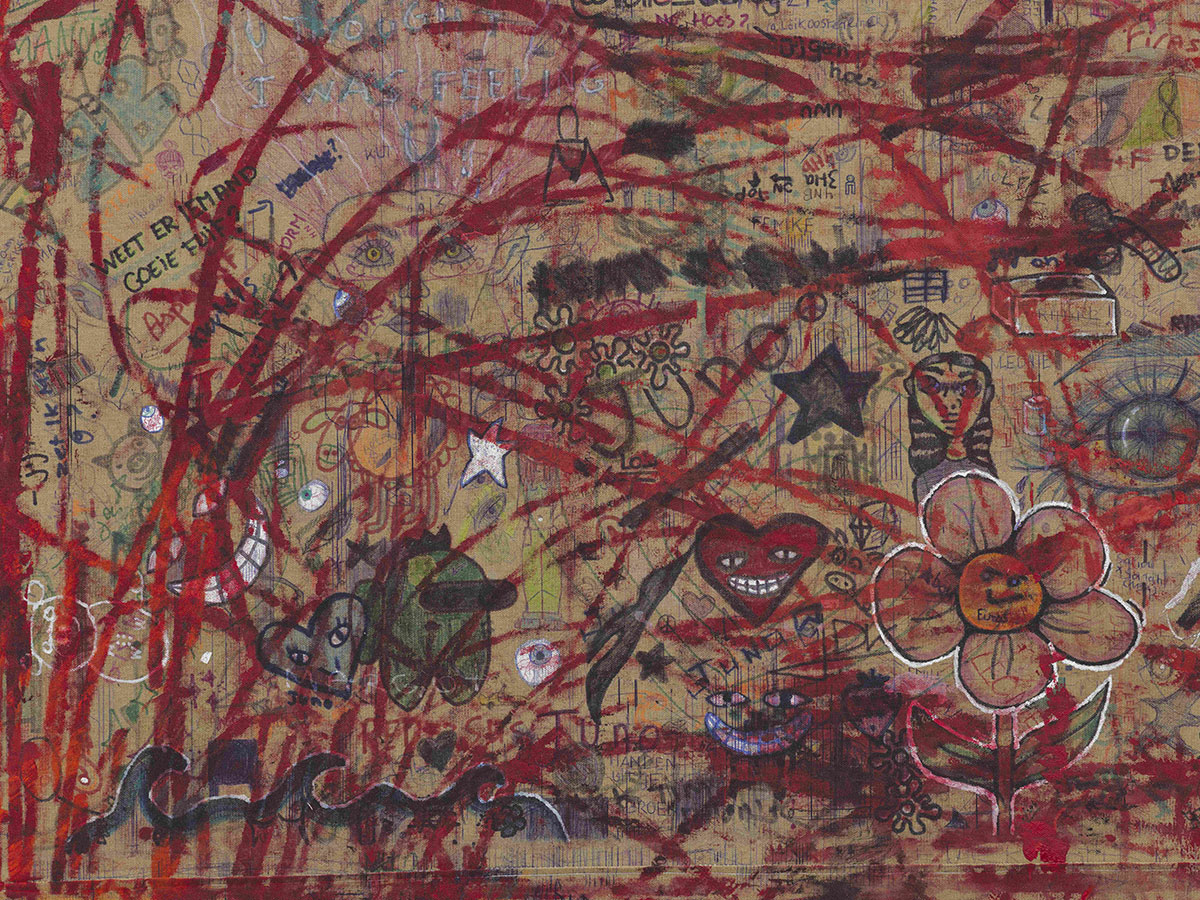
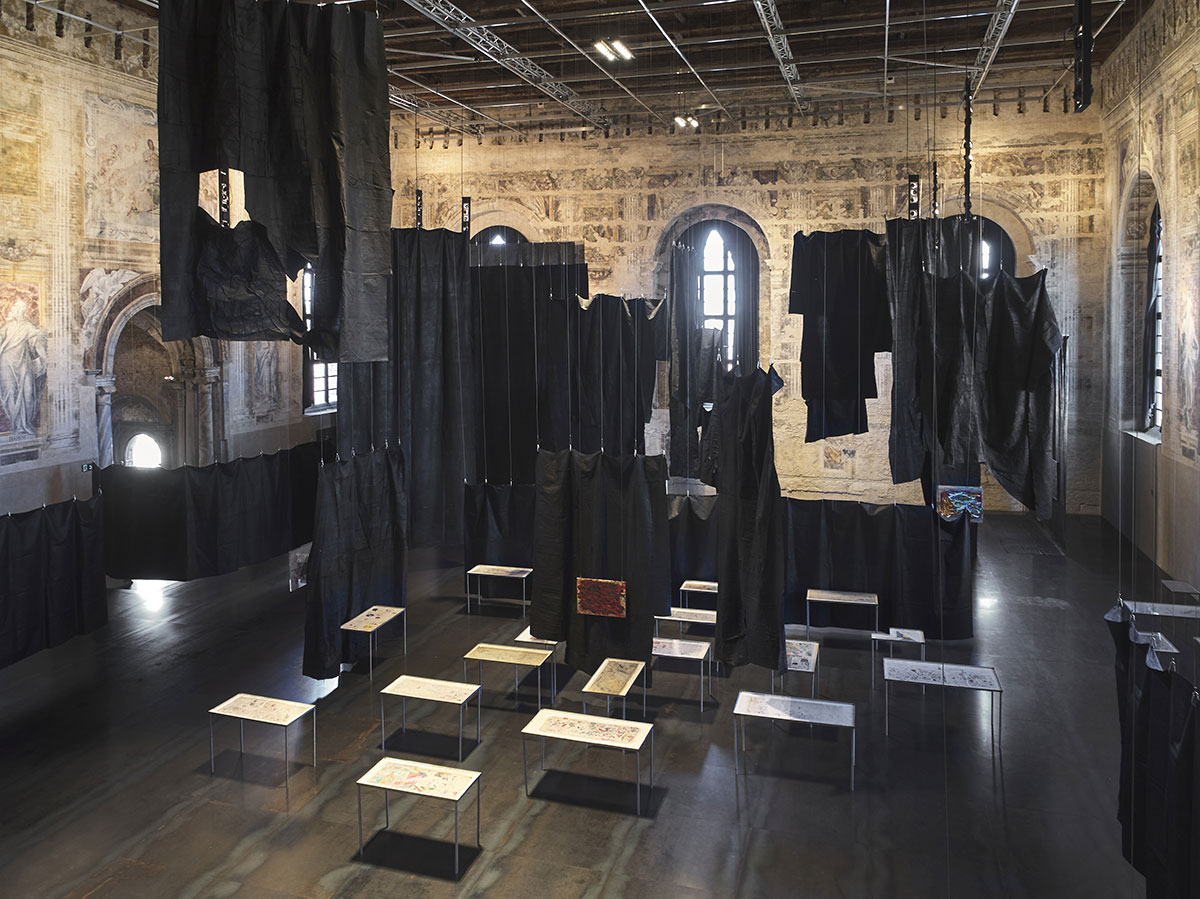
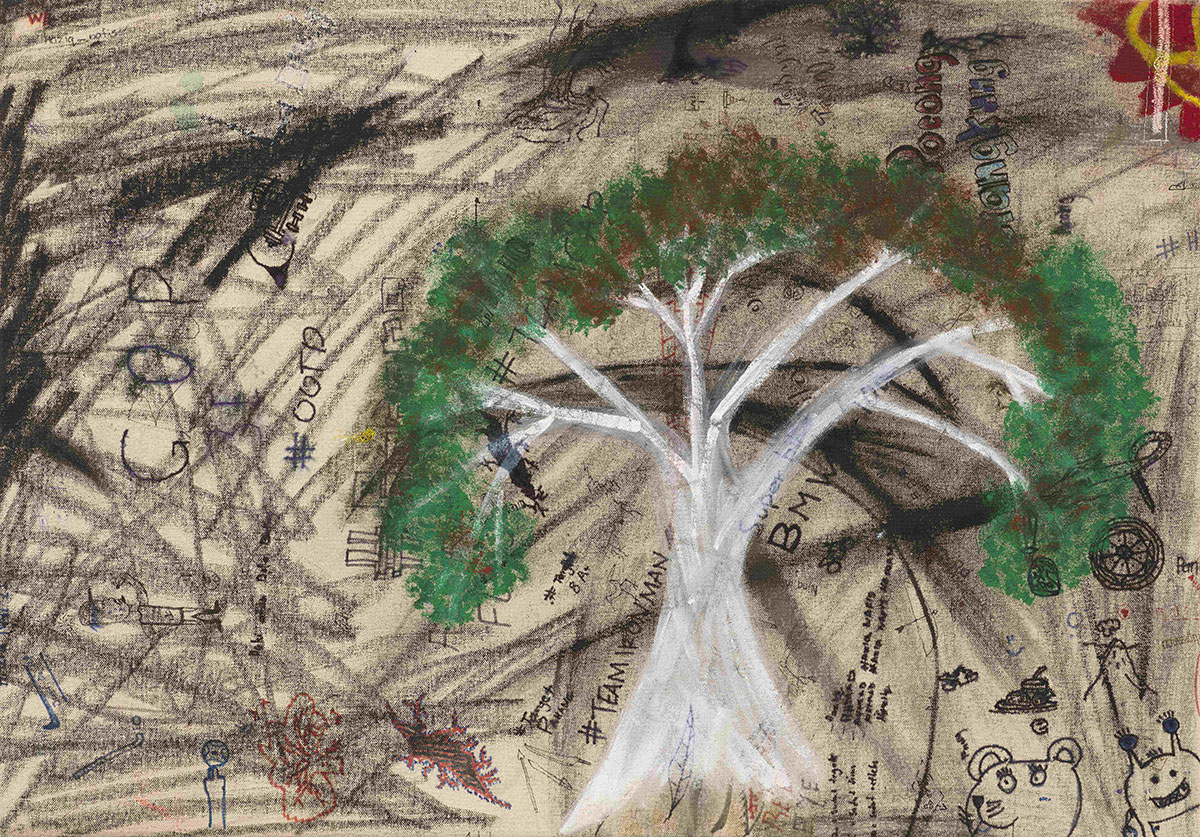
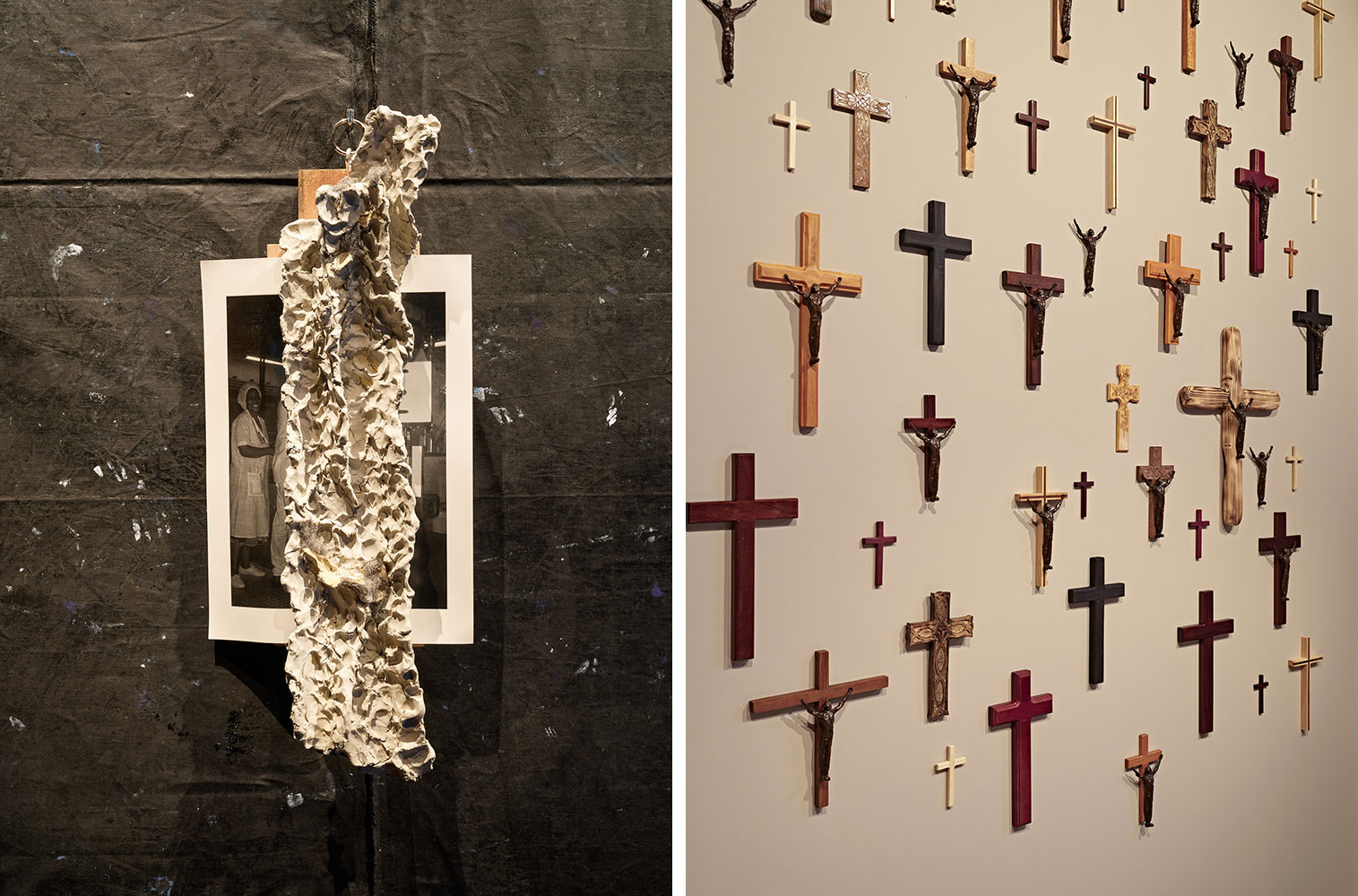
Right: Rene Matić, 60 and 25, alive, 2022, installation view: Rene Matić, upon this rock, 2022, photo: Andy Stagg, courtesy the artist, South London Gallery and Arcadia Missa, London, © Rene Matić
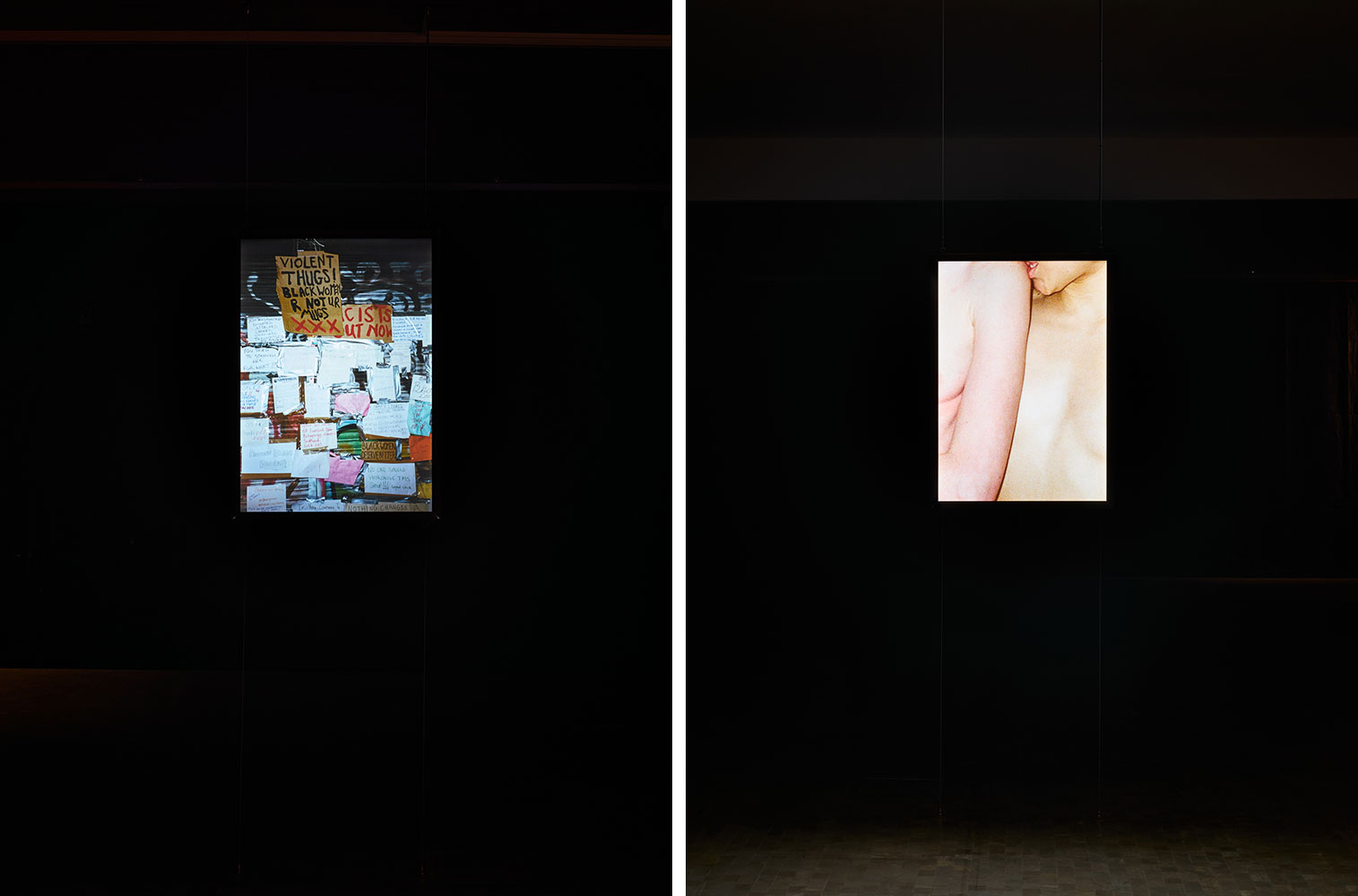
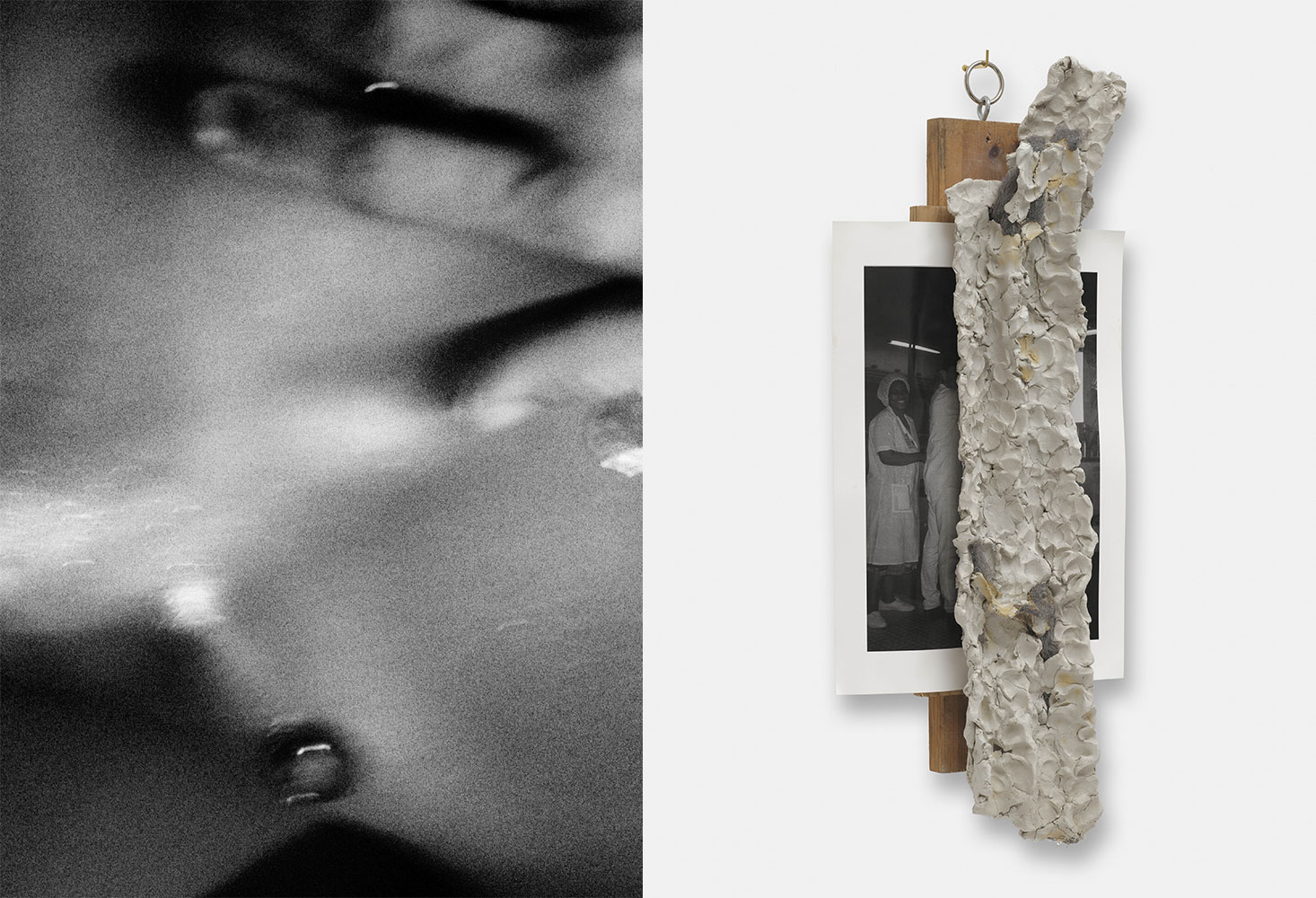
Right: Oscar Murillo, Maria Virgelina Murillo, 2015, photo: Tim Bowditch and Reinis Lismanis, courtesy the artist, © Oscar Murillo
